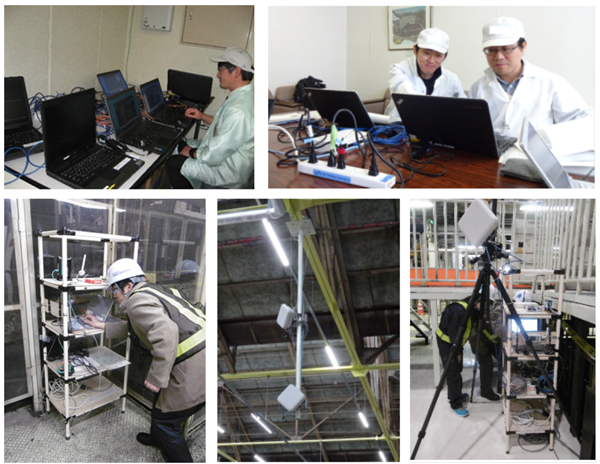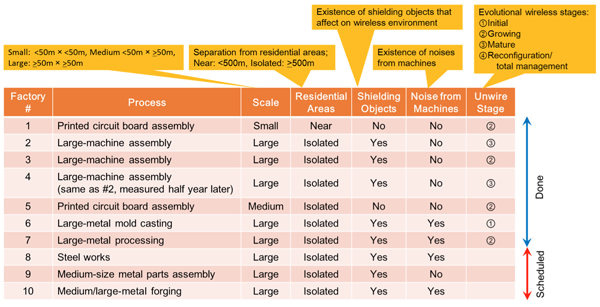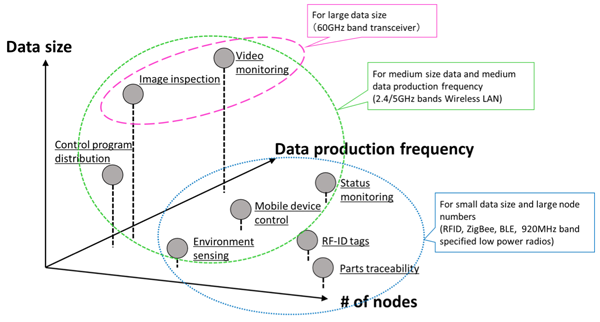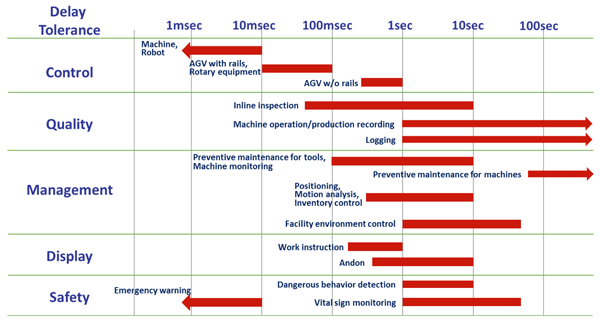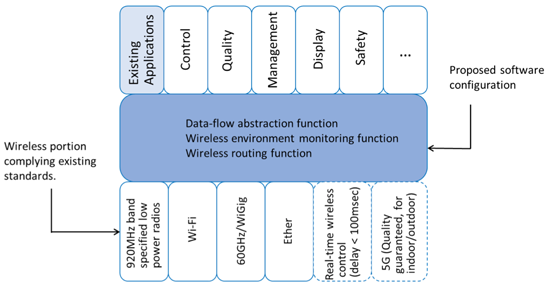- National Institute of Information and Communications Technology (Headquarters: Koganei Tokyo, Acting president: Taihei Kurose)
- OMRON Corporation (Headquarters: Shimogyo-ku Kyoto, Managing director CEO: Yoshihito Yamada)
- Advanced Telecommunications Research Institute International (Headquarters: Souraku Kyoto, Managing director: Yasuo Hirata)
- NEC Corporation (Headquarters: Minato-ku Tokyo, President and CEO: Takashi Niino)
- NEC Communication Systems, Ltd. (Headquarters: Minato-ku Tokyo, Managing director and Executive officer: Masanobu Yamaguchi)
- Fujitsu Limited (Headquarters: Minato-ku Tokyo, Managing director: Tatsuya Tanaka)
- Fujitsu Kansai-Chubu Net-Tech Limited (Headquarters: Chuo-ku Osaka, Managing director: Toyoo Nomura)
- Sanritz Automation Co, Ltd. (Headquarters: Machida Tokyo, Managing director: Kazuya Suzuki)
- Murata Machinery, Ltd. (Headquarters: Fushimi-ku Kyoto, President and CEO: Daisuke Murata)








